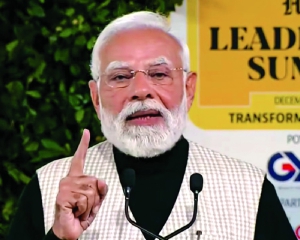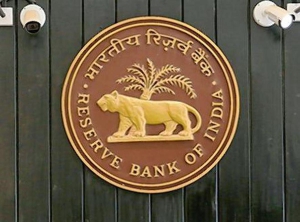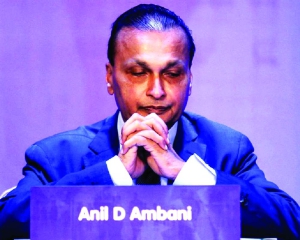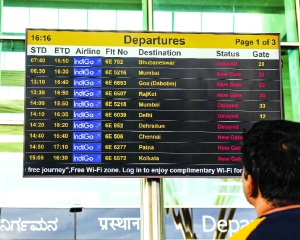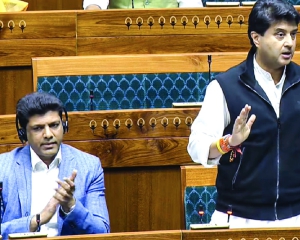In a bid to mitigate air pollution in the national Capital during winter, the Delhi Government is mulling over the use of cloud seeding technology to induce artificial rain. Delhi Environment Minister Gopal Rai said on Tuesday the Government is preparing a separate action plan for each of the air pollution hotspots in the city.
Rai’s announcement came after his meeting with 24 environmental experts to discuss the ‘Winter Action Plan’ where scientists from IIT-Kanpur gave a presentation on inducing artificial rain in Delhi.
Cloud seeding is a process to induce rain in moisture-filled clouds by sprinkling the upper reaches of clouds with chemicals such as common salt or silver iodide, usually with the help of jets fixed to aeroplanes.
At this meeting, suggestions were also taken from 24 members and researchers from the Council for Energy, Environment and Water (CEEW), Centre for Science and Environment (CSE), and Environmental Defense Fund, among others.
“The experts brainstormed ways to reduce vehicular pollution, dust pollution, biomass burning, and other kinds of pollution. Scientists from IIT-Kanpur gave a presentation on inducing artificial rain in Delhi and the costs involved. We have requested them to prepare a detailed presentation which will be shown to the chief minister. We will certainly consider this idea,†Rai said.
Experts have, earlier as well, submitted similar proposals on artificial rain to Chief Minister Arvind Kejriwal, he added.
According to experts, for cloud seeding to be successful in causing artificial rain, there should be availability of clouds. If there are no clouds, it does not work.â€
After years of dedicated efforts, IIT-Kanpur scientists at the institute have successfully conducted a test of artificial rain through cloud seeding.
The project, initiated by IIT Kanpur in 2017, faced multiple hurdles, including delays in obtaining necessary permissions. However, after meticulous preparations and thorough evaluations, the Directorate of Civil Aviation (DGCA) finally granted permission for the test flight. Using cloud seeding technology, the aircraft released chemical powder into the clouds, stimulating the formation of raindrops. Shortly after, rainfall was observed in the surrounding areas, validating the effectiveness of the artificial rain technique.
China, having developed this technology earlier, had withheld sharing it with India. The minister said the experts have also suggested preparing a separate winter action for the air pollution hotspots to deal with their respective pollution sources.
The pollution hotspots in Delhi are located at Anand Vihar, Wazirabad, Vivek Vihar, Wazirpur, Ashok Vihar, Dwarka, Jahangirpuri, Rohini, Bawana, Narela, Mundka, Punjabi Bagh, RK Puram and Okhla Phase 2.













